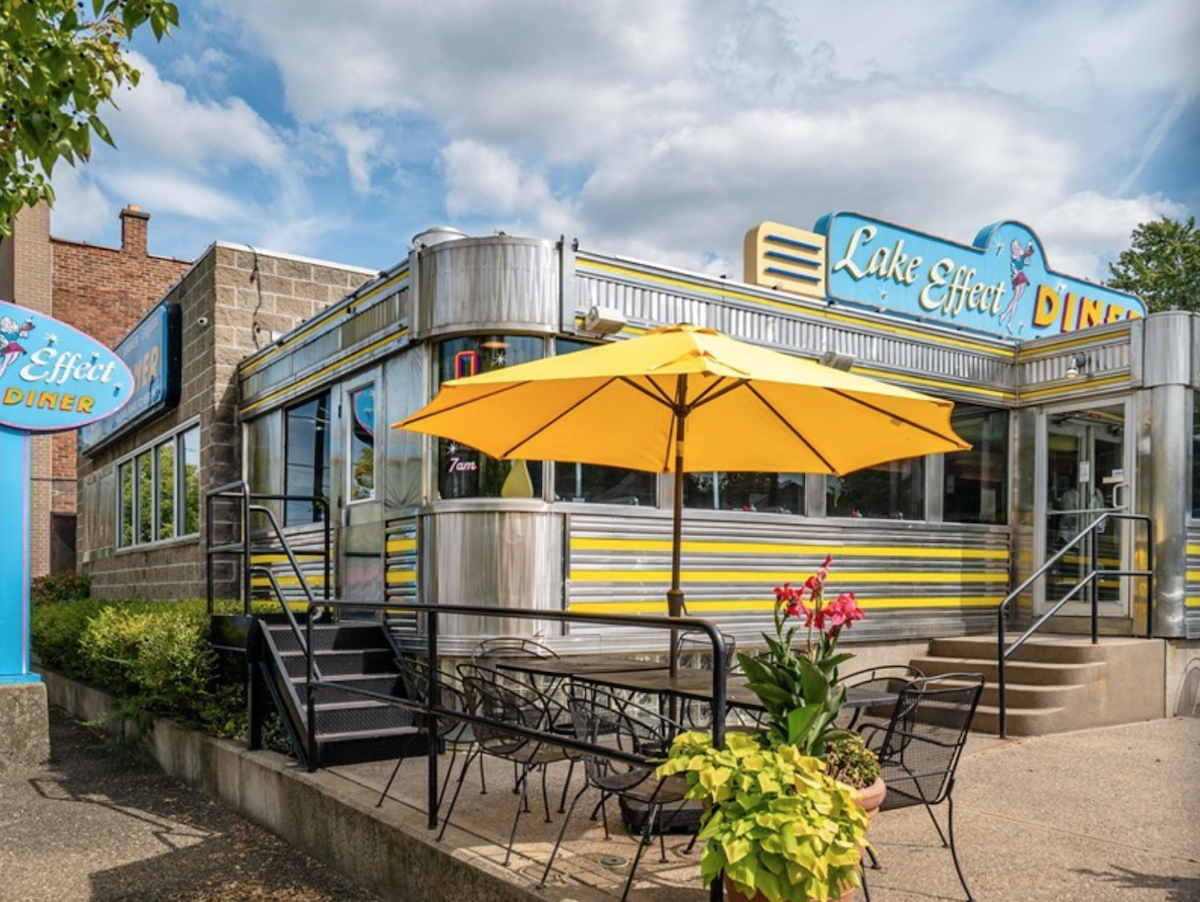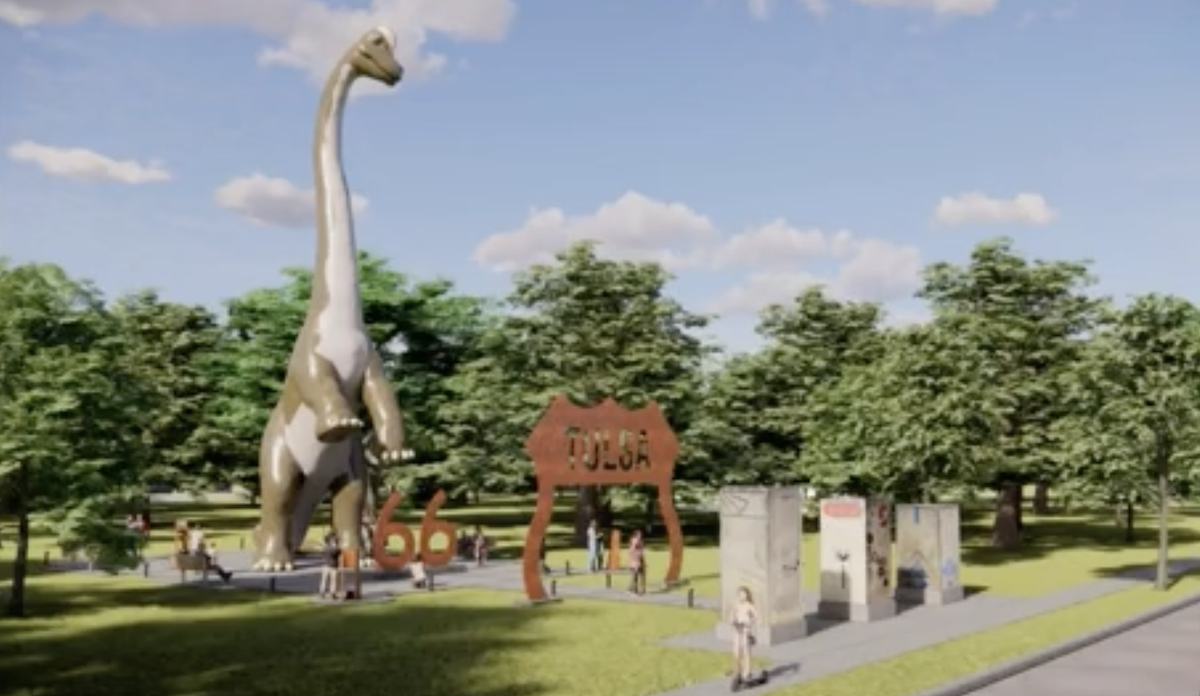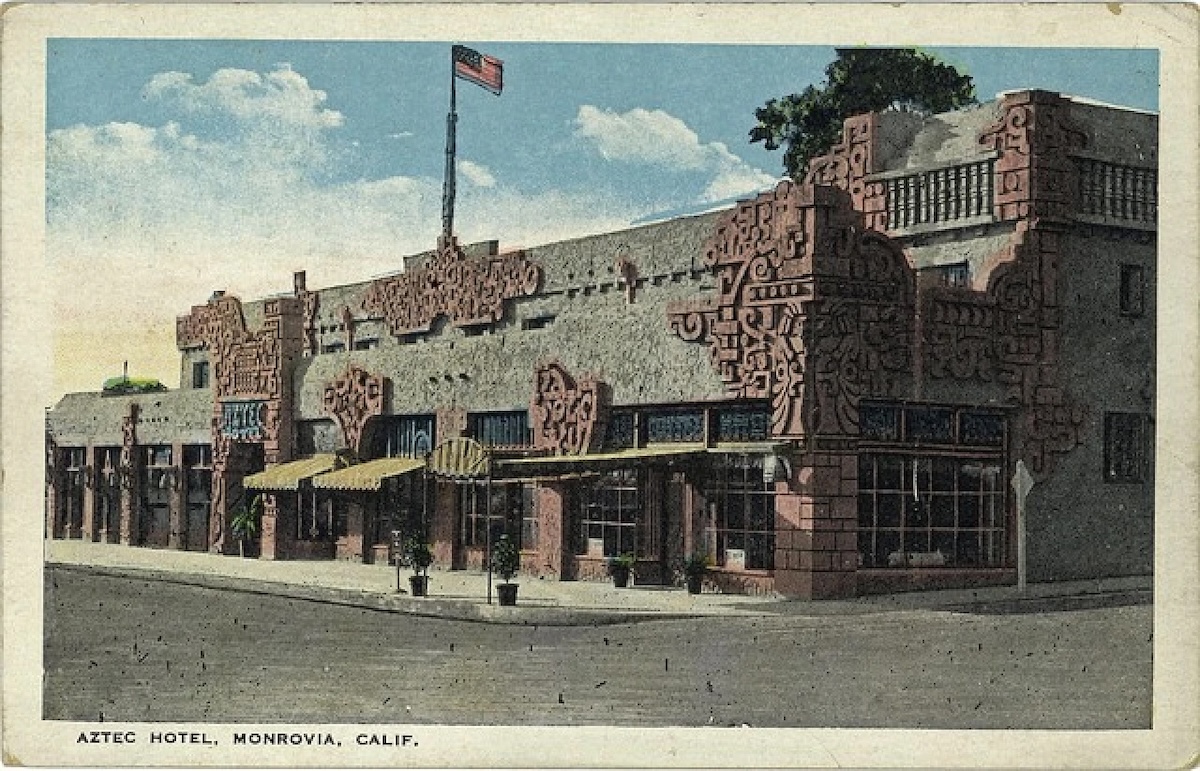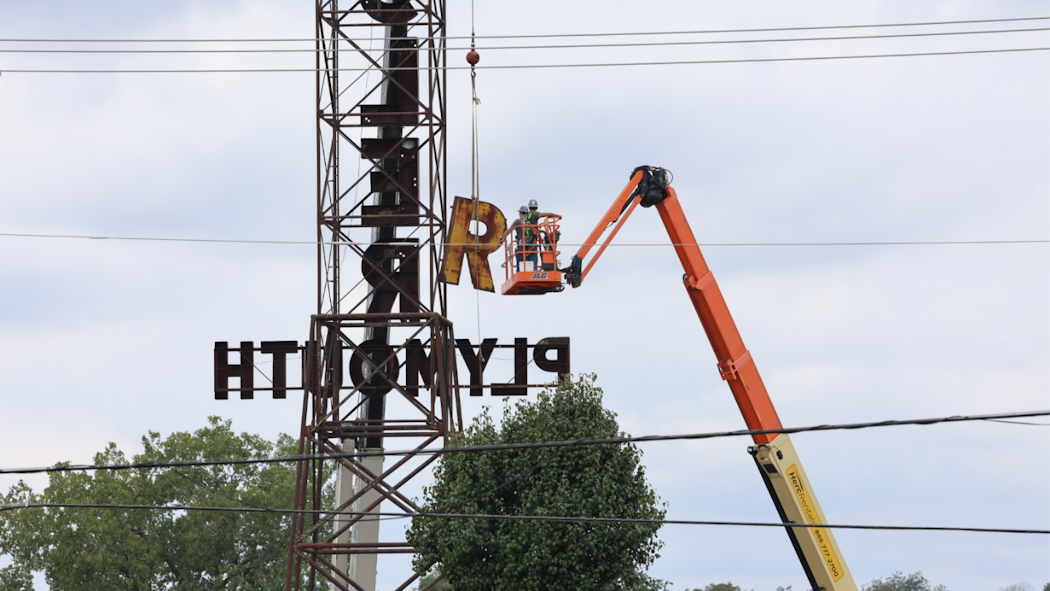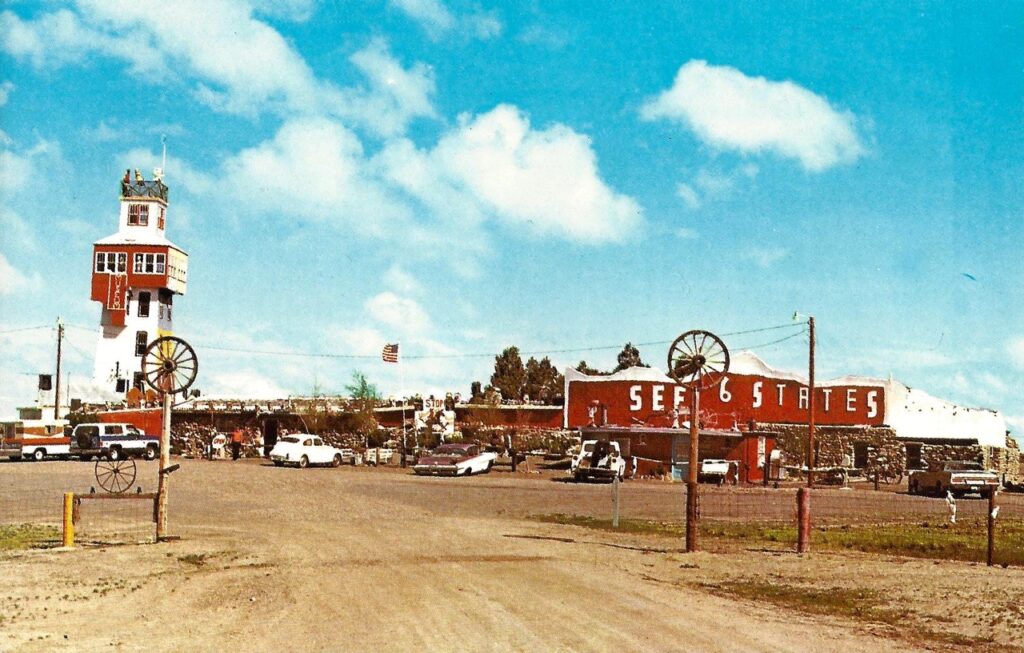Opportunity Knocks: 3149-3165 Main Street
From Buffalo Rising: This is a big one. Both 3149 and 3165 Main Street are now being listed, which is coming as a big surprise to a lot of people. Yes, “The Steer” and “Lake Effect Diner” properties are both up for grabs, along with the 50+ car parking lot that services both properties.
Over the years, The Steer has become a University District restaurant staple, serving quality food in a relaxed atmosphere. Likewise, the Lake Effect Diner has found itself as a sensational place to dine for breakfast and for lunch. Together, these two established eateries have been a stellar destination for diners who have traveled from near and far for the varying restaurant experiences.
Dinosaur to help revitalize near extinct West Tulsa park
From KTUL: TULSA, (Okla.) — Pay a visit to Howard park on Southwest Boulevard, and aside from a squirrel getting ready for winter, you’ll probably have the whole place to yourself.
“That park used to be so vital for West Tulsans,” said Teresa Flusche, executive director of Tulsa Route 66 Main Street.
But now, ghost town. A fate not all that different from another stretch of Route 66 just a few years ago.
As Monrovia’s iconic Aztec Hotel turns 100. Why this ‘bad luck’ inn is so unusual
A vintage postcard shows the Aztec Hotel. (Monrovia Public Library/via Flickr)
From LAist: The Aztec Hotel in the San Gabriel Valley hit a milestone this month.
The famous yet quirky Monrovia building turned 100 years old. Placed right in suburbia, it’s likely the first Mayan-style modern building in the United States. Here’s a look at the historic spot’s heyday and origin.
The Aztec Hotel started as the brainchild of Monrovia business owners. The city was in the midst of a post-World War I boom, and leaders were looking for a way to build on that success.
‘CHRYSLER-PLYMOUTH TOWER’ HISTORIC SIGN REMOVED FOR REFURBISHMENT AND RELOCATION TO ROUTE 66
From News On 6: BRISTOW, Okla. — One of the most recognizable landmarks in Bristow has been taken down for restoration work and an eventual relocation.
The Chrysler-Plymouth Tower and Plaza project involves moving a 1949 sign tower to a more visible location along Route 66. The state awarded the local historical society funding for the project, which will be completed in early 2026.
Monday, workers from 4-Point Crane and Trucking used a large crane to lift off each of the Chrysler letters and lower them to the ground. The plans call for the letters to be refurbished and relit with neon.
Colorado’s weirdest roadside attraction is getting a second life
From the 1930s until 2013, the World’s Wonder View Tower bustled as a tourist stop in the eastern Colorado town of Genoa. Courtesy photo
From The Denver Gazette: GENOA — On that family road trip across Colorado’s plains in 2013, it would’ve been easy to drive by this no-stoplight town with no sign of any business, other than the grain elevator at the edge of a dirt road and junkyards and abandoned, crumbling storefronts.
But then there was a surprising sight there off Interstate 70, about 85 miles northeast of Colorado Springs. Something resembling a lighthouse.
“It looked like there were people,” Reed Weimer recalls. “There were cars parked up front.”
Uncovering women’s roles in LA historical landmarks, one building at a time
The motel’s towering blade sign exemplifies Googie design principles, with its space-age starburst and bold lettering designed to catch the attention of passing motorists on Hollywood’s busy streets. (Brandon Killman/ LAist)
From LAist: With its towering blade sign and space-age aesthetic, the Hollywood Premiere Motel is a classic example of 1960s Googie architecture. The building also features the essential ingredients of its era: a dramatic porte-cochère entrance, requisite parking directly outside each room, and bold neon signage designed to catch the eye of motorists along Hollywood’s bustling streets.
When the motel received Historic-Cultural Monument status by the Los Angeles City Council earlier this year, it made headlines as L.A.’s first landmarked motel. But buried in the original nomination was a detail that almost went unnoticed: architect Joyce Miller, who designed the mid-century modern building in 1960.
Miller represents a troubling pattern in Los Angeles preservation.



